As a sub-genre of film, it’s fair to say audiences are fascinated by tales of serial killers, particularly those based on real life happenings. With the Ted Bundy biopic Extremely Wicked, Shockingly Evil & Vile upon us, starring Zac Efron as the aforementioned protagonist, it taps into an inner intrigue we have into the human psyche, exploring just what our fellow man can truly be capable of. It’s here where the fascination festers, this notion of somebody, who could be our neighbour, our friend, our partner, could have it in them to be so callous and so violent. How can we, as regular-minded individuals comprehend such actions? To make sense of the fact that there are people out there capable of such reprehensible crimes? It’s led to some of the most renowned films ever made.
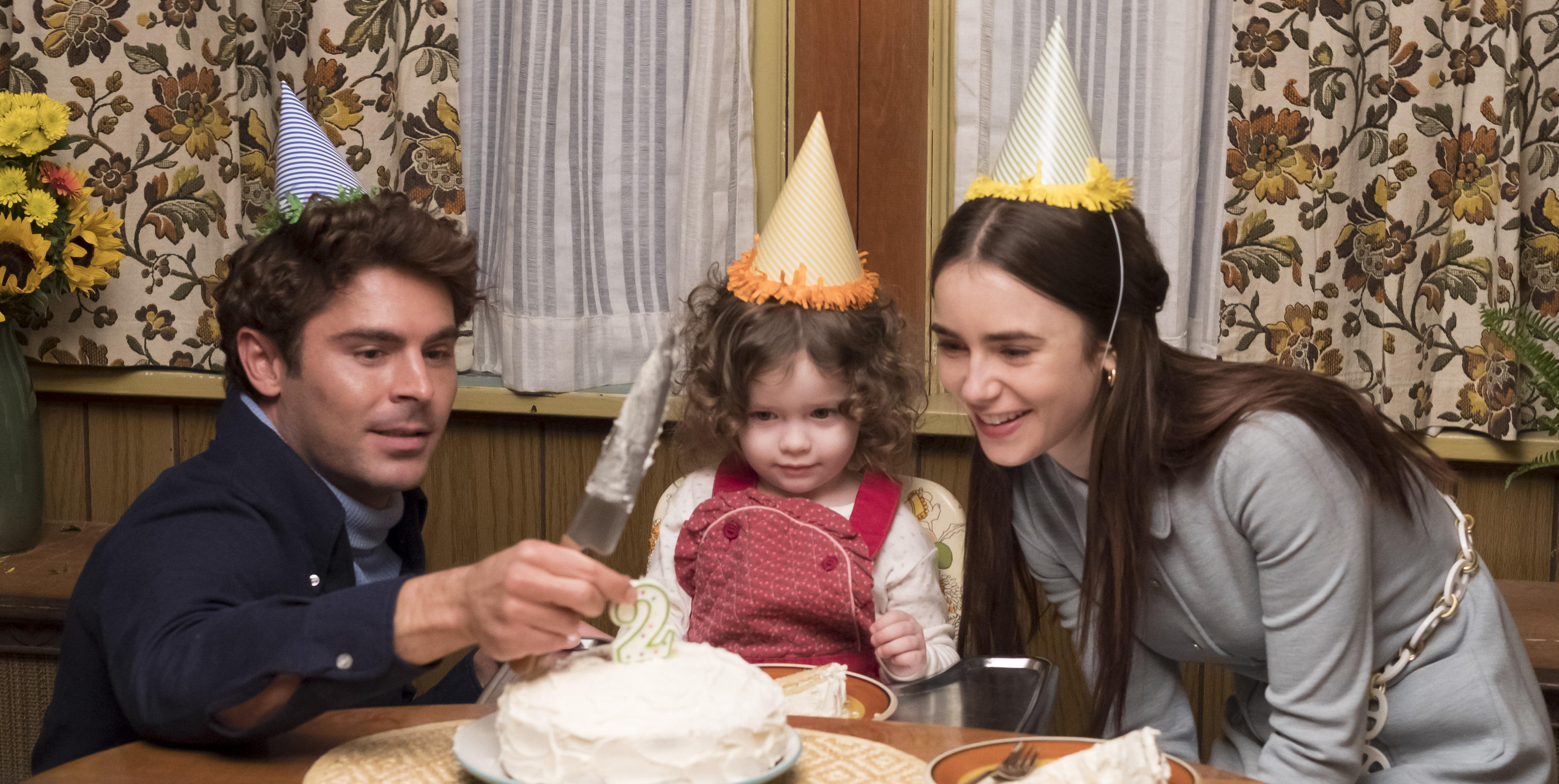
Even the fictional beguile us, just take Hannibal Lecter, or films such as Se7en, Zodiac, or American Pyscho. Yet it’s the real life accounts that are even more harrowing, when we know what we’re seeing genuinely took place. This got us thinking, how delicately do filmmakers have to tread when covering such ground? Not just out of a sense of respect for the victims and their families, who we owe it to not to overly glorify or cinematise their tragic murders, but also when considering the notion of notoriety, and being cautious as to giving serial killers, like Bundy, or Jeffrey Dahmer for instance – the subject of recent biopic My Friend Dahmer – their moment in the spotlight.
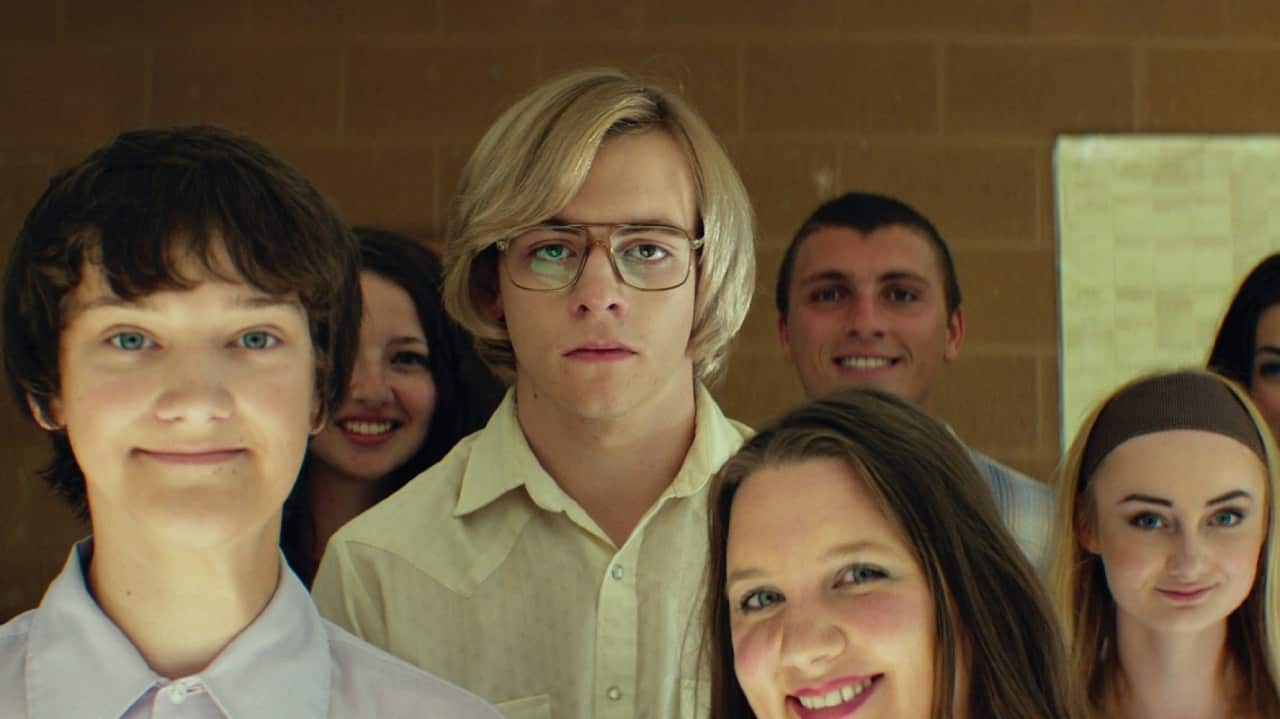
For could that not be one of the allures for these sick murderers? You often read about how some of the teenagers that commit the horrendous school shootings in America were lonely, introverted, and sometimes bullied. The idea that these people, who may feel anonymous, could one day have a film made about them, with a Hollywood superstar like Efron portraying them, could be a factor in pushing them into such violent, unspeakable crimes. There has always been an argument that the perpetrators should not even be named in the press, for if we take away that infamy, would it be a deterrent? But then conversely we have a commitment to storytelling, and these stories are, albeit horrific, of great interest to the general public.
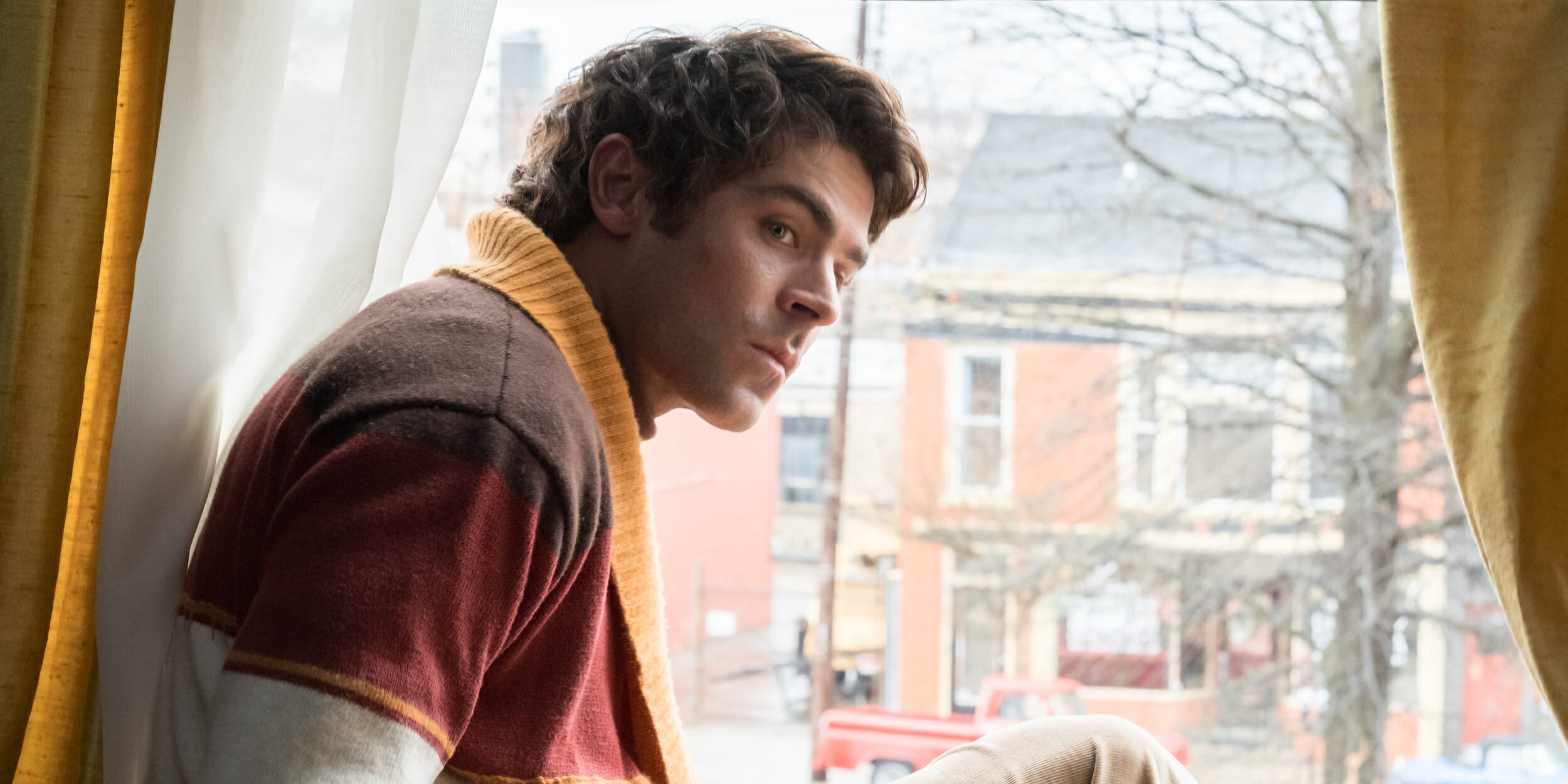
We want to see how Bundy lived, how he grew up, what he was like at home. In our bid to try and understand these people, it’s these small moments that paint the most striking picture, for humanising the most inhumane makes the hairs on the back of your neck stand up. It’s what makes it real. Plus, how detrimental can it be to an industry that thrives in the notion of freedom, to curb tales of this nature, and where does it end? We can’t stop telling these stories, though we do have a duty to tell them as respectfully and delicately as we can. To avoid glamourising the crimes in any way. In Extremely Wicked, it’s a difficult one to analyse. For Bundy became something of icon in America at the time, and had a big female following.
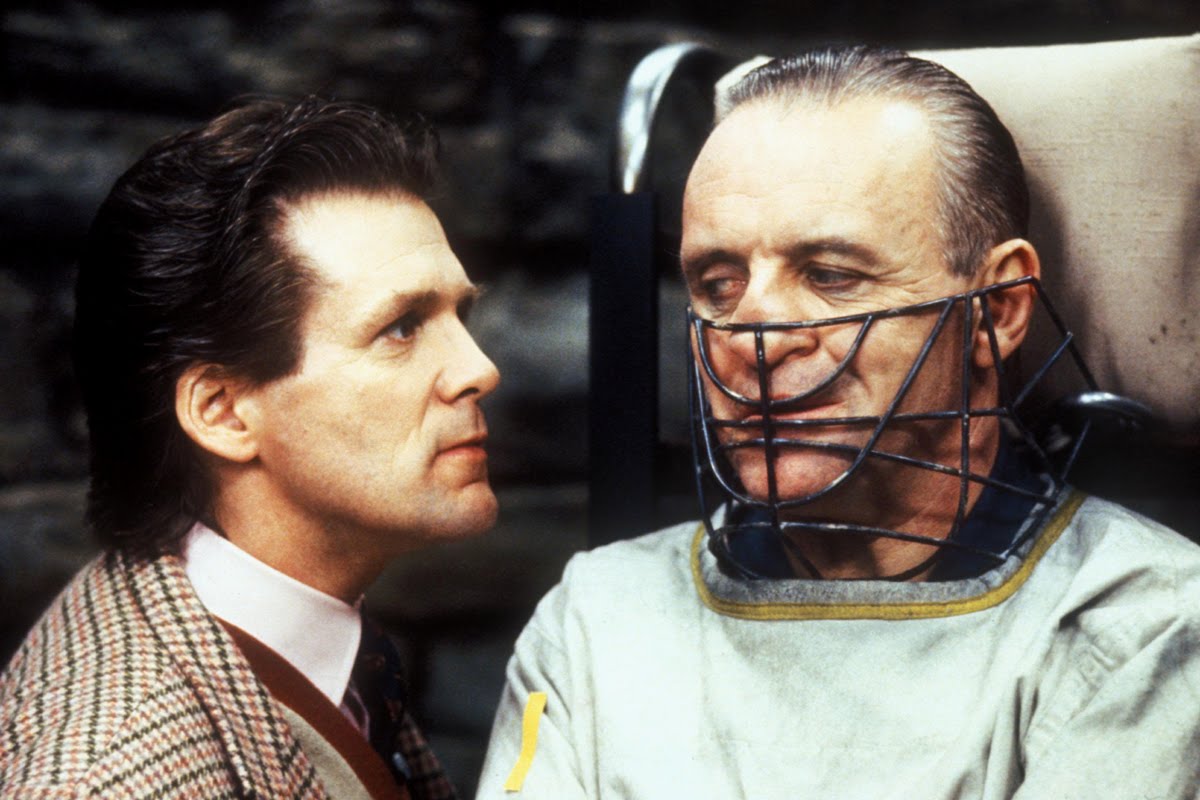
The film can’t shy away from that, and if anything it plays up to it, he seems cool, the 70s soundtrack is cool, and there’s a stylistic approach to the tale that seeks to get a flavour of the time and story at hand. But the film is enriched by a sense of contempt. Director Joe Berlinger dislikes his protagonist, the film may have him appearing fashionable and dare I say popular on the surface, but deep down we get a sense for what a troubled and despicable person he is. Then there’s the vital addition of his partner Liz Kendall, played by Lily Collins, and we see how he destroyed her life, allowing us to be consistently reminded of what a monster he is. The film also ensures we don’t see the crimes, for that’s where it becomes difficult for filmmakers to navigate.
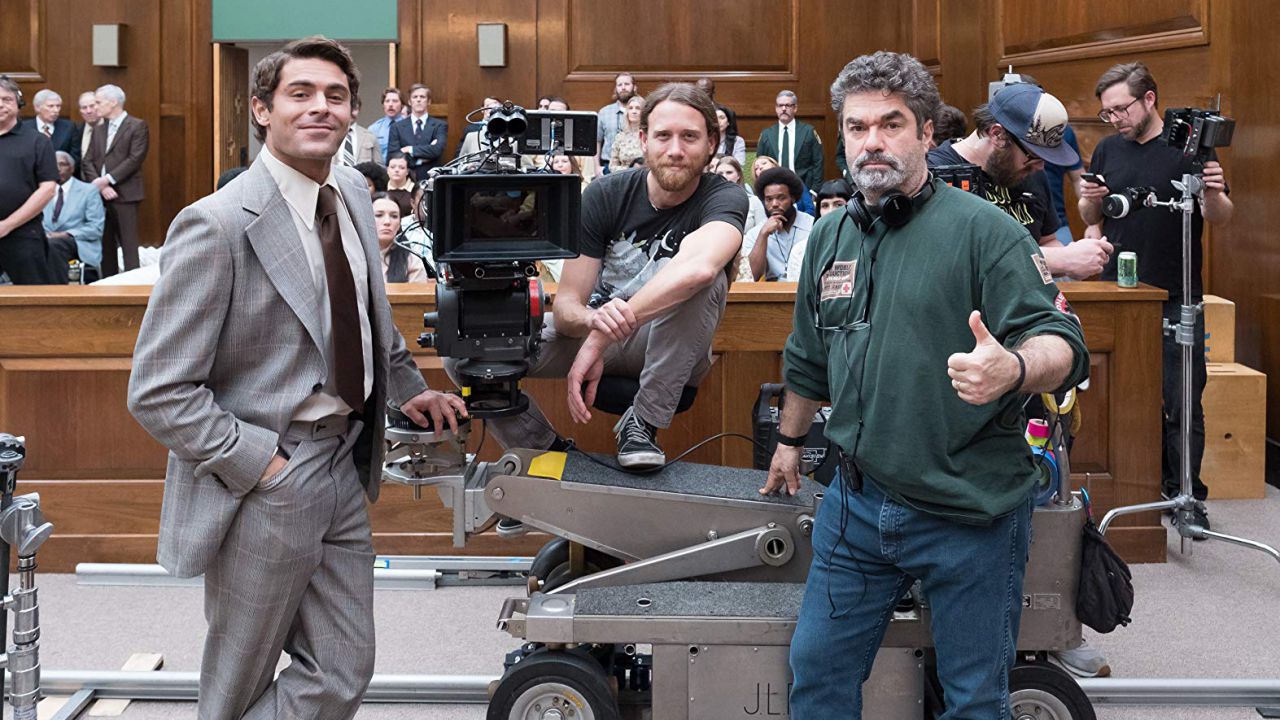
Violence in cinema can be so cinematic, and often when we see it occur we can’t help but equate it to other films, rather than taking into consideration these crimes took place, and real, innocent women lost their lives. The counter argument, however, is that it does feel as though the film almost acts as though the crimes haven’t taken place, and while there’s a sense of responsibility in not showing them in graphic detail, they almost become a side-note to this story, which doesn’t quite sit right either. So Berlinger has just about managed to tell this tale in the right way, but it still remains a troubling stomping ground for filmmakers, and while this may be an instance of somebody doing it respectfully, how often we see films of this nature, and the limelight we shine of those you could argue we should make a point of ignoring entirely, remains a pertinent, and tricky debate.

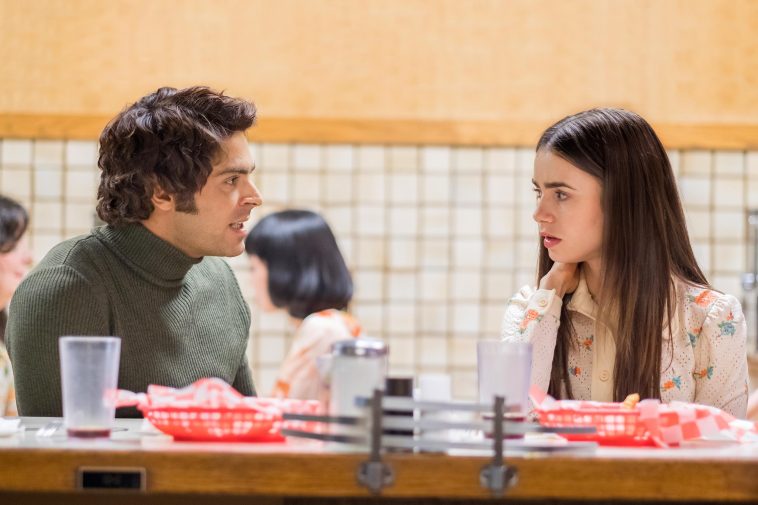





Leave a Comment